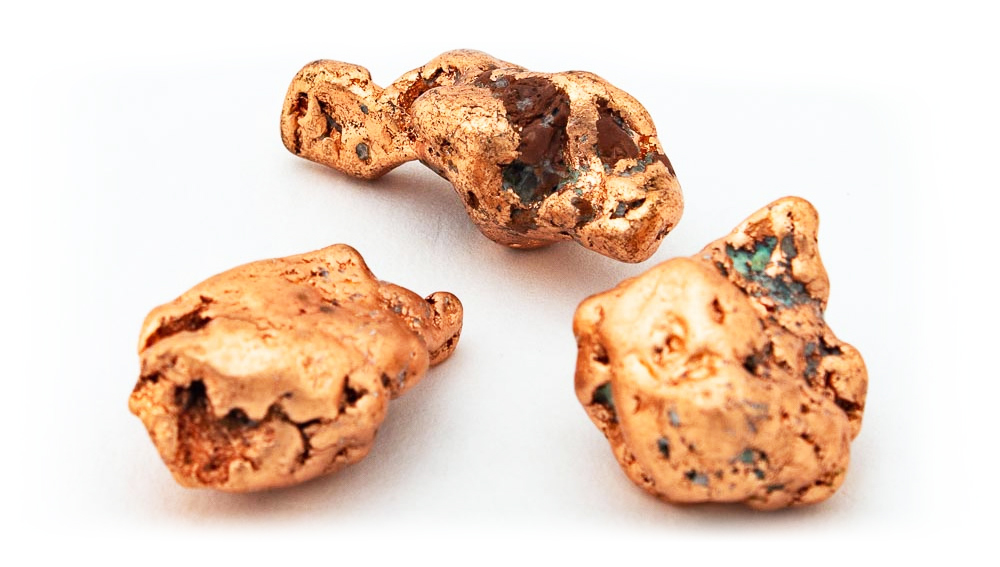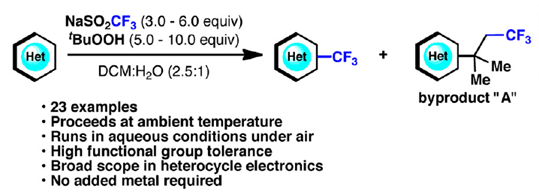Chiral Piperidines from Acyclic Amines via Enantioselective, Radical-Mediated d C–H Cyanation
Synthesis of piperidines using a remote d C–H functionalization of amines with a chiral copper catalyst
When this paper landed in my hands, my first thought was “What on earth is an interrupted HLF reaction?” Well, HLF stands for Hofmann–Löffler–Freytag but the “interrupted” bit was still a mystery.
The Hofmann–Löffler–Freytag reaction is in fact quite old (first described in 1833), although its mechanism was not clearly established until the late 1950s. In short, the reaction yields a cyclic amine (typically a pyrrolidine) starting from an N-halogenated amine. The reaction proceeds through a free radical generated from the homolytic cleavage of the N–halogen bond. A critical step of the propagation sequence is a 1,5-hydrogen atom transfer (HAT), which is in fact the responsible for the remote functionalization of the g– or d-position of the alkyl chain where the cyclization will take place.
Lately, there has been a lot of interest in C–H functionalization, which can be aptly described as the Holy Grail in Organic Synthesis because it is effectively the functionalization of common bonds without the need for specific functional groups. This is usually accomplished through the innate reactivity of the molecule or specific reagents and a suitable catalyst. Liu and Stahl have been working on asymmetric a C–H functionalizations of benzylic positions through a HAT mechanism, which in turn inspired this paper by Nagib et al. (Ohio State University, Columbus, USA). What if the d C–C formation could be made asymmetric by intercepting a regioselective 1,5-HAT? That’s what the above “interruption” is all about.
The concept is rather elegant: let the reaction proceed, but instead of allowing the radical to go through the usual HLF mechanism, trap it with another carbon radical like a cyanide. This, Nagib et al. accomplished using a copper catalyst; since the catalyst is chiral, they obtain an enantioenriched cyanide. And that we know very well how to transform into a piperidine.
So that’s it. They took a very old reaction, revamped it using a chiral copper catalyst, and performed a chiral d C–C bond-forming reaction. As usual in these cases, success was not that easy. They screened several copper catalysts and ligands, but the final conditions are straightforward enough for any competent organic chemist: take an N-fluoroamine, use 3% of Cu(OTf)2, 7.5% of a ligand, stir in CH3CN/DMAc at r.t. for some hours, and presto. They obtain excellent yields with pretty impressive ee’s of d C–H cyanation products. Further treatment with DIBAL affords chiral piperidines, a,d-diamines if BH3 is used to reduce the nitrile, or amides if the reagent used is H2O2.
One of the limitations of this method is that the δ-position must be benzylic, meaning that it must be adjacent to an aromatic ring. Substituted phenyl rings work fine, as well as thiophene and naphtalene.
Chem, 2019, 5, pp 1–8. See: 10.1016/j.chempr.2019.09.010


